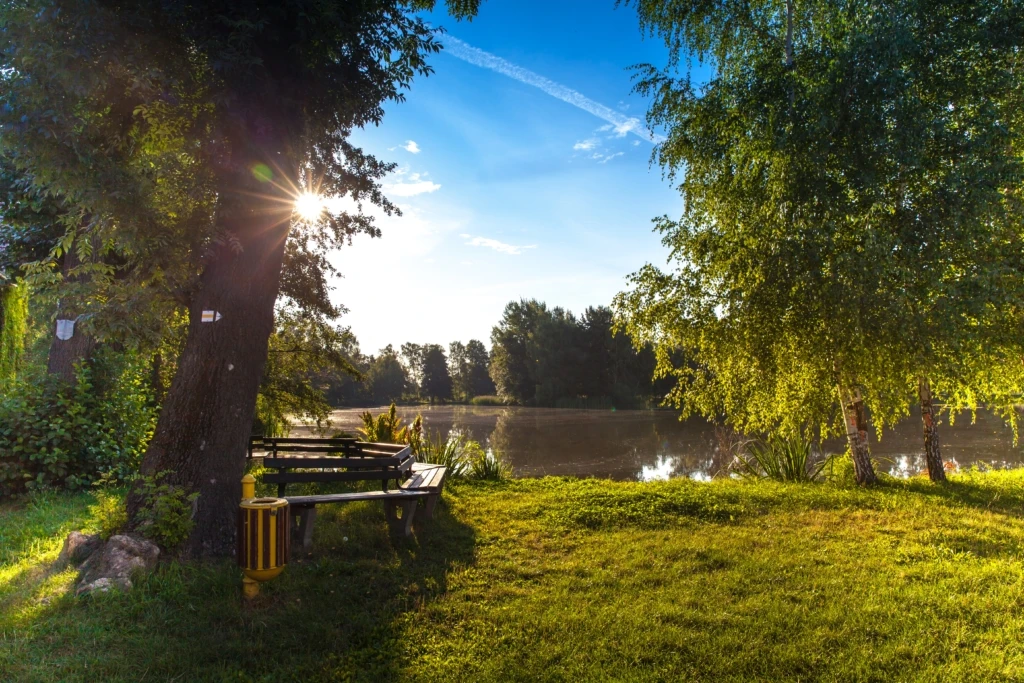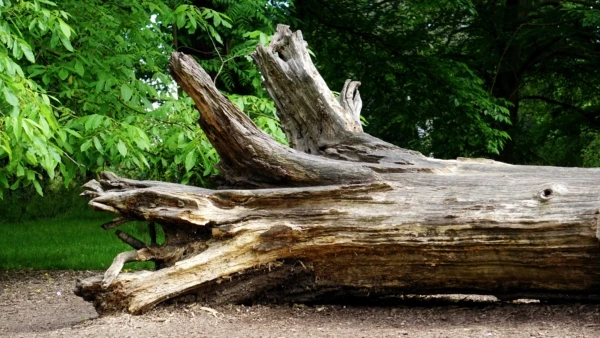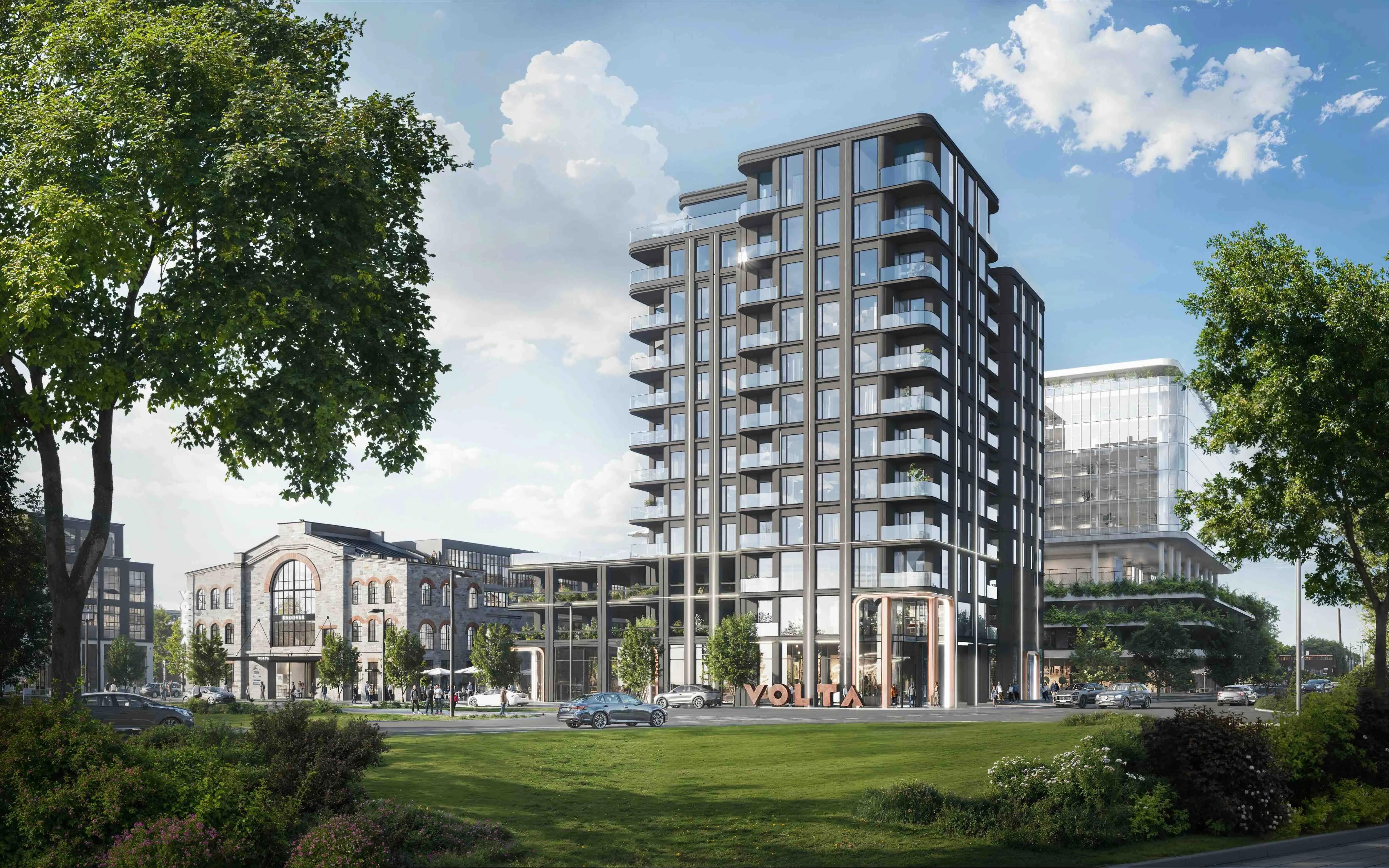Beautiful to the Eye but Dangerous to the House

As spring arrives, we have noticed things that previously escaped our attention. Trees worn down by the long winter get a fresh green coat in the form of leaves. It is often visible around houses that there are trees that have lost their vitality due to disease or simply collapsed at an angle. Frequently, such problems go unnoticed and the tree remains in its unchanged form for several more years without care. But what should be done in such a situation?
What is a dangerous tree that can be cut down:
- Trees and branches damaged as a result of storms/winds
- Trees and branches damaged due to diseases
- Trees at a dangerous angle
Damaged trees located too close to a house can cause serious injuries or property damage when they break. By simply looking at it from the outside, it is very difficult to assess whether the tree is healthy inside or has already become hollow, whether its roots are properly in the ground or are losing their grip. A healthy-looking tree is not always dangerous, sometimes some branches damaged in storms or over time need to be monitored and removed if necessary.
If a dangerous tree is located in a private yard (which is not a protected object), the Environmental Board does not regulate it. In such a case, before cutting it down, you must contact your local municipality based on your place of residence or familiarize yourself with the municipality's regulations. If you have a cherry tree or some other fruit tree growing in your yard, you do not need a special permit to cut it down.

When can tree cutting be refused?
- The tree is healthy and vigorous and does not threaten the structures of buildings and facilities.
- It is intended to cut down a tree that is designated for preservation in a detailed plan or construction project.
- The tree is under state or local government nature protection.
- It is intended to cut down a tree that is registered as a habitat or growing site for protected birds, bats, lichens, etc.
- The permit applicant has provided information that does not correspond to reality.
- Tree cutting is contrary to the public interest.
- A planning procedure is underway in the area of the property or larger area where the tree grows, or an application has been submitted for the determination of design conditions – until the plan is approved or a building permit is issued.
To obtain a felling permit in the city, you must fill out an application online or by e-mail, on the basis of which the corresponding permits are issued. If you also have a tree in your yard that causes concern when storms approach, you can find help for permit applications here:
In other cities, you can find the felling permit application on the cities' websites.
Article source: Arco Vara




